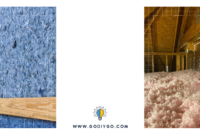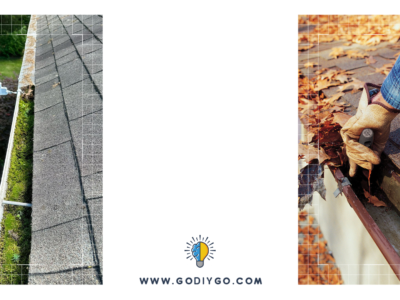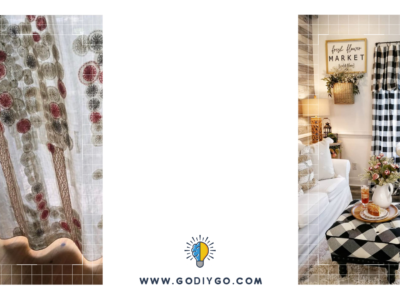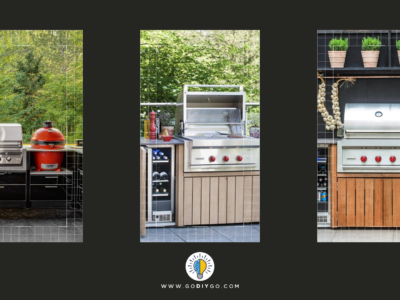As a homeowner, you may be excited to finally start that home remodeling project you’ve been dreaming of. But before you get started, there are a few things you should keep in mind – like how your renovation could impact your HVAC system!
If you’re not careful, all the dust and noise from construction can cause serious damage to your unit. In this article, we’ll show you how to protect your HVAC when remodeling your home. Keep reading for our top tips!
HVAC
HVAC is an abbreviation for heating, ventilation, and air conditioning. It refers to the system that regulates the temperature and humidity in your home.
HVAC systems are essential during the winter and summer months, but they can also be helpful during other times of the year when the weather is unpredictable.
Importance of protecting your HVAC during a remodel
First and foremost, it’s important to understand the importance of protecting your HVAC during a remodel. Your unit is responsible for keeping your home comfortable all year round, so you don’t want to take any chances.
Here are a few reasons why you should protect your HVAC during a remodel:
- Dust can damage your system’s filters and coils, leading to decreased efficiency and increased energy costs.
- Vibrations from loud noises from construction can cause permanent damage to your unit’s compressor or fan.
- Construction debris can get into your heating or window air conditioner system and clog up its components, rendering it unusable.
Benefits of protecting your HVAC when remodeling your home
Next, let’s talk about the benefits of protecting your HVAC when remodeling your home. There are plenty of reasons why it pays to do so! Here are just a few:
- You can save money on new HVAC equipment by prolonging the life of your current system.
- Your family will be more comfortable in their own homes thanks to an efficient and functional heating or cooling unit that works properly all year round (even during those brutal summer months).
- Your energy bills won’t skyrocket due to dirty filters and clogged coils – which means you have extra cash for other things like vacations or retirement savings accounts!
1- Cover your unit.
If you’re remodeling an area that’s close to your HVAC, it’s a good idea to cover the unit as much as possible. Your contractor should be able to do this for you before they start their work. This will help keep dust and other debris from getting into your HVAC system and causing damage.
You can also cover other areas near the unit, such as electrical outlets. If you’re not able to cover your unit with a cloth, you can also use a tarp or plastic sheeting. This will help keep the dust and debris from getting inside while still allowing air to circulate. Just be sure to secure it properly so that it doesn’t blow away in the wind!
We understand that it’s not always possible to cover your entire unit during a home renovation project. If you have no choice but to leave some parts of your HVAC exposed, be sure to still take precautionary measures like cleaning up regularly or keeping doors and windows open for ventilation purposes.
2- Clean your system regularly.
Another way to protect your HVAC is by cleaning it regularly, especially when remodeling. That’s because all the dust and debris from construction can easily get sucked into your unit and cause problems over time.
We recommend having a professional come clean out your ductwork every six months or so if you have pets in the home (they shed hair which clogs up vents). You should also schedule an annual checkup for peace of mind!
3- Keep your doors and windows open.
As mentioned earlier, it’s essential to keep your doors and windows open when remodeling to allow for ventilation. This will help prevent excess dust from building up in your home and getting sucked into your HVAC system. It will also help keep the area cooler, which is especially important during the summer months.
If you can’t keep your doors and windows open for some reason (like weather conditions), be sure to at least crack them a bit so that air can circulate. And whatever you do, don’t close off vents – this will only make things worse!
4- Use a dehumidifier
If you’re dealing with excess humidity levels in your home, using a dehumidifier can be a great way to protect your HVAC system. That’s because high humidity levels can cause mold and mildew to grow, which can damage your unit over time.
If you don’t have a dehumidifier already, we recommend investing in one – it could save you from costly repairs down the road!
5- Remove any furniture or other items that may obstruct access to the unit
You don’t want anything blocking your HVAC system during a remodeling project, so make sure there are no obstructions around it. This will help keep dust and debris from getting inside the unit while also making it easier for professionals to maintain or repair if needed.
It’s important not only because of how messy construction projects can get when they go wrong but also because most heating and air conditioning companies require access before performing any type of service on an existing system.
6- Shut off your unit
Finally, if you’re going to be gone for an extended period of time (like during a vacation), it’s a good idea to shut off your HVAC unit. That’s because leaving it on can cause the system to overheat, which can lead to damage.
It’s also a good idea to turn off your unit when having any kind of work done in your home – including painting or installing new flooring.
Conclusion
Remodeling your home is a great way to improve the look of your space and add value. But it can also be stressful, especially when you’re dealing with all that dust and debris from construction projects!
HVAC systems are a crucial part of any home, so it’s important to take steps to protect them during remodeling projects. By following these tips, you can help ensure that your system stays in good condition – no matter what kind of construction chaos is going on around it!
















